As 3D printing evolves and matures, so to do the expectations surrounding it. In order to meet these growing expectations and to address an increasing number of use cases for 3D printing—in prototyping and end-use production—it is important to recognize that the 3D printer itself is just part of the equation. A key element is also material selection, in this case SLS powder materials.
Looking specifically at selective laser sintering (SLS), the technology was initially associated with a wide range of materials, as well as high-accuracy prints and the ability to produce complex geometries without supports. This was when SLS was a highly exclusive process—largely because of its high cost and industrial nature. However, this started to change in 2014, when the SLS patent expired and companies, such as Sinterit, entered the market with more affordable benchtop systems. These new systems, while over ten times cheaper compared to industrial SLS printers, did not have the same degree of material compatibility. But why?
How laser type influences SLS powder choice
One of the main things to note, right off the bat, is that benchtop SLS systems were not developed by simply scaling down industrial SLS machines; new configurations had to be designed. CO2 lasers in industrial systems, for instance, typically measure over a meter in length, which precludes them from being used in desktop systems. Industrial SLS machines also integrate a complex system of mirrors to control the laser beam’s direction.
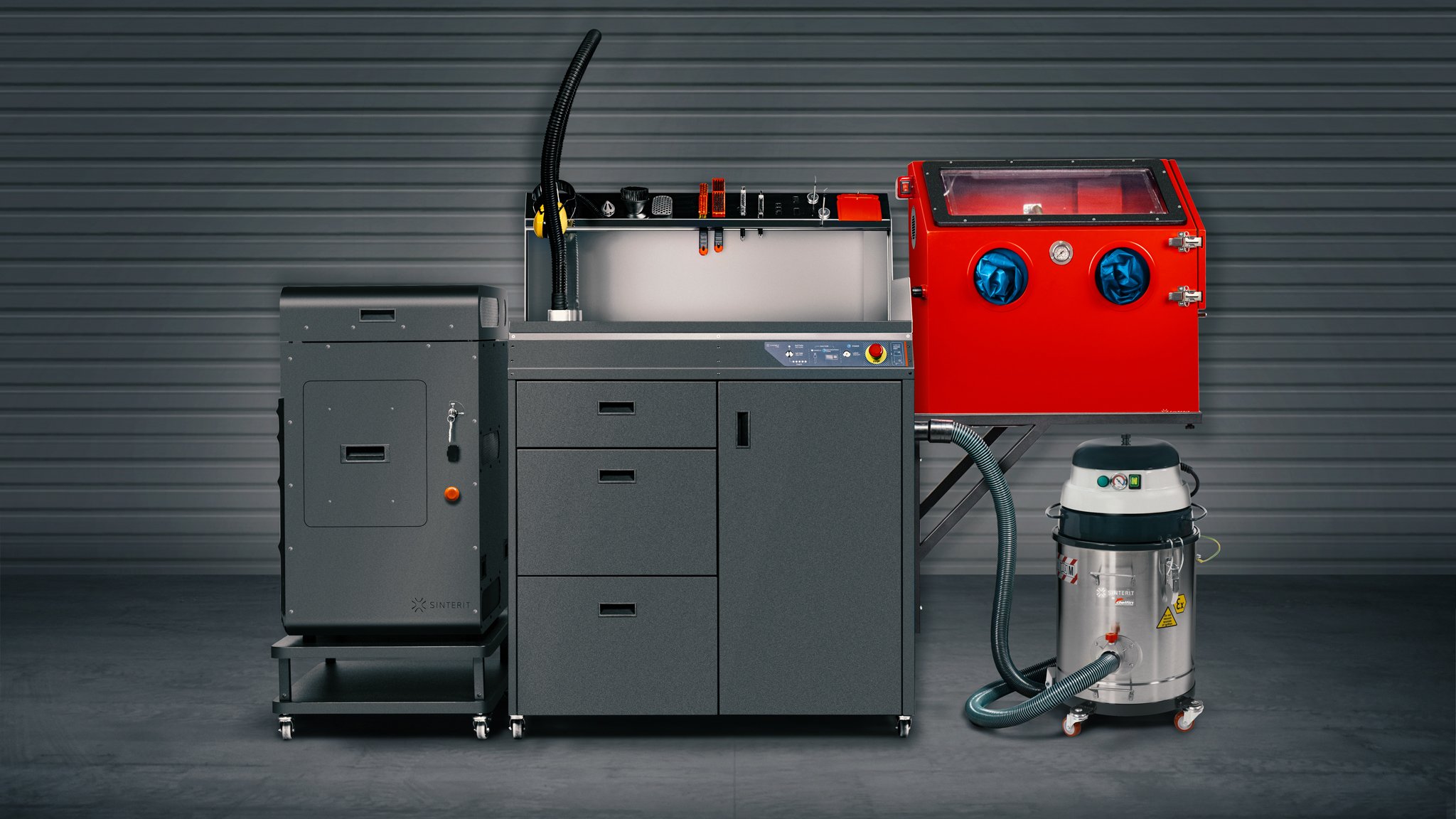
On the other hand, in small- and medium-sized SLS 3D printers, a more compact infrared laser diode is used instead of a CO2 laser. This type of laser, while capable of achieving the same precision as CO2 lasers, is not compatible with white materials. (Those familiar with industrial SLS will know that many powder materials used are white.)
“A few years ago, when we developed our first SLS 3D printer, Sinterit Lisa, customers were constantly asking if they could use a white PA12 powder,” explains Konrad Glowacki, Co-Founder and Chief Business Development Officer at Sinterit. “Black and grey printouts were a novelty at that time so for someone who was used to SLS 3D printing it could be weird.”
PA12 Smooth, the king of small SLS powders
The first material available for small SLS 3D printers was PA12, known for its excellent surface quality and details as well as its stiffness. Today, the material is broadly used for functional prototypes and final parts with lots of detail, complex shapes and mechanical elements. The material, as many will know, is characterized by a dark grey or black color. As Sinterit points out, these hues come with some advantages. For one, the color never changes and does not wear out. White parts made using CO2-laser-based systems, by contrast, begin to yellow when exposed to UV.
Further, the dark color of PA12, achieved by adding a tiny amount of absorber to the polymer, doesn’t influence the material’s original properties. Laboratory tests found that any differences were within the margin of statistical error. From the user perspective, the expectations also seem to be adapting. As Glowacki elaborates: “As years go by, we receive fewer questions about the white color, but the demand for a wide range of different types of materials is rising significantly.”
 What are material options for benchtop SLS?
What are material options for benchtop SLS?
While diode laser 3D printers are not compatible with white materials, it does not mean that they are limited in terms of material diversity. For instance, it is possible to print PA, TPU and TPE materials, among others, using a benchtop SLS system. There are, however, certain factors that influence how well a system can print various materials. To improve material selection and freedom for end users, 3D printers must be easy to clean and have adjustable print settings—especially to switch between a lower melting point material like TPE and one with a higher melting point like PA.
“To produce an SLS 3D printer which can work with various materials, you need to develop hundreds of iterations,” says Michal Grzymala-Moszczynski, Operations Manager and Co-Founder of Sinterit. “A small change in one area may result in changing other parameters, which will finally affect the printing process. This is why our R&D department works simultaneously on mechanics, hardware and software. Having over a thousand working Lisa and Lisa PRO printers around the world proves that our idea works.”
A material for every need
Not only is SLS a popular 3D printing solution for those seeking parts with dimensional accuracy and durability: the technology can also address other properties like insulation, electric conductivity, flexibility and tightness. End users need an array of materials to choose from in order to match the properties they require for their prototyping or end-use application. Sinterit recognizes the importance of material choice and today offers the widest selection of materials for small SLS printers. Its current material portfolio consists of the following:
Manufacturing on Demand
- PA12, leading SLS material
As mentioned, PA12 is the most popular SLS material. Not only does the material boast versatility and good mechanical properties (such as durability), it is also cost effective. In SLS, the purchase cost itself is not so significant. Rather, it is the refresh ratio that really influences the cost (meaning, how much powder can be reused). PA12 has a low refresh ratio: the market standard is 50-70%, though Sinterit has achieved refresh ratios as low as 26%.
- PA11, high impact resistance
After PA12 Smooth—still the most widely used material for SLS—Sinterit’s PA11 Onyx is a popular choice. The polyamide powder (nylon) has superior thermal resistance and light, UV and weather stability. The material is commonly used to produce jigs, fixtures and tool elements, as well as to prototype covers, housings, enclosures and snap-fit parts. It is worth noting that the material requires an anaerobic environment to print, and is thus compatible only with the Lisa PRO printer with nitrogen.
- PA11 ESD, heat resistance and ESD functionality
One of the newest additions to Sinterit’s portfolio for the Lisa PRO, PA11 ESD is an ideal material for prototyping electronic devices. The ESD-safe material has excellent thermal properties and can be used for electronic casings, test fixtures for electronics or the assembly of electronic components. The SLS powder is also well suited for parts used in an explosive atmosphere.
- Flexa Grey, highly elastic TPU
Flexa Grey is Sinterit’s offering for applications that require high elasticity. The TPU-based SLS powder is essential for producing parts with flexibility and extensibility, including rubber prototypes, shock and vibration absorbers or protectors.
- Flexa Bright, a dyeable off-white
While benchtop SLS systems may not be compatible with pure white materials, Flexa Bright is an off-white TPU material offered by Sinterit—the only material of its kind on the market. Flexa Bright parts can be dyed, which makes the material ideal for producing training printouts in the medical industry or mock-ups and models that require flexibility and certain visual characteristics.
- Flexa Soft, the softest of them all
Flexa Soft if the softest material in Sinterit’s portfolio: it has a low Shore-A (between 45/56, depending on printer settings). The material is ideal for applications in design and art. It is also well suited for simulating other soft materials. Common applications for Flexa Soft include gaskets, medical models, sensory toys and clothing parts.
- TPE, waterproof and airproof
Most SLS materials are known for their porosity, which excludes them from certain applications that require water and air tightness. TPE stands apart for its waterproof and airproof properties (with sealant), which make it suitable for producing functional prototypes for pumps, bellows, gaskets or other parts that must function in challenging environments.
 New materials on the horizon
New materials on the horizon
The SLS market has changed enormously in recent years, becoming more diverse and open. No longer is the technology limited to cost prohibitive industrial solutions; thanks to small printers like those made by Sinterit, the technology is more accessible. With this accessibility, the number of materials for small SLS systems has also expanded and continues to grow. Today, technical universities and research centers are spearheading hundreds of development programs for SLS materials targeting applications in engineering, manufacturing and healthcare.
This article was published in collaboration with Sinterit.
You might also like:
Desktop Metal’s new Studio System 2 does away with debinding: “As additive manufacturing adoption advances worldwide, Desktop Metal continues to drive innovations that enable the technology to more effectively compete with conventional manufacturing processes,” said Ric Fulop, CEO and co-founder of Desktop Metal. “Our next-generation Studio System 2 takes the best features of the original Studio System+ and significantly improves upon them, delivering higher quality end-use metal parts through a more streamlined and accessible process, and within an even smaller footprint.”
* This article is reprinted from 3D Printing Media Network. If you are involved in infringement, please contact us to delete it.
Author: Tess Boissonneault

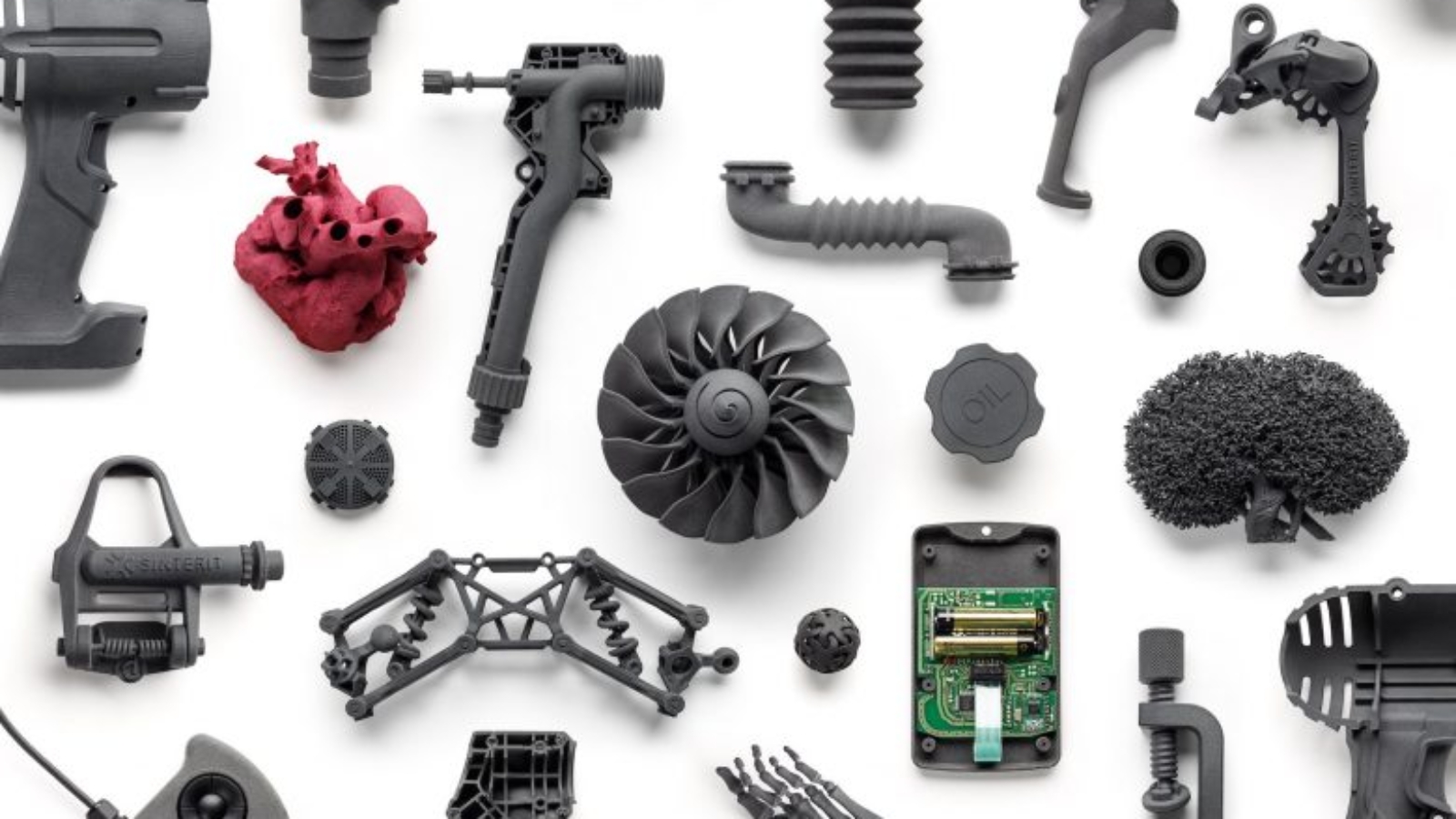
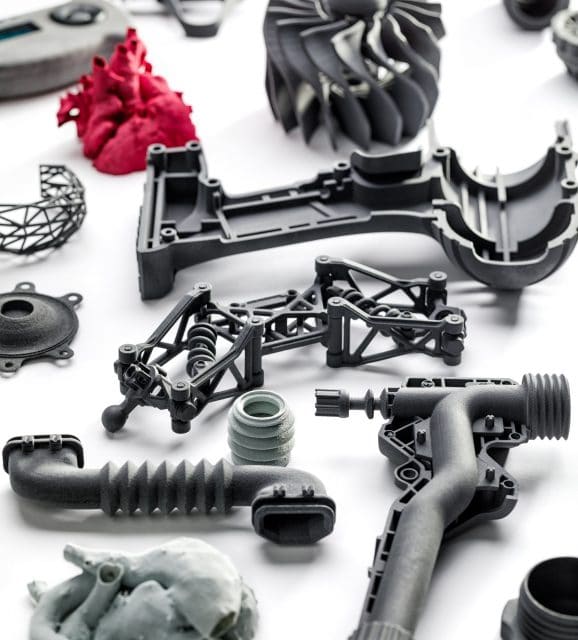 What are material options for benchtop
What are material options for benchtop 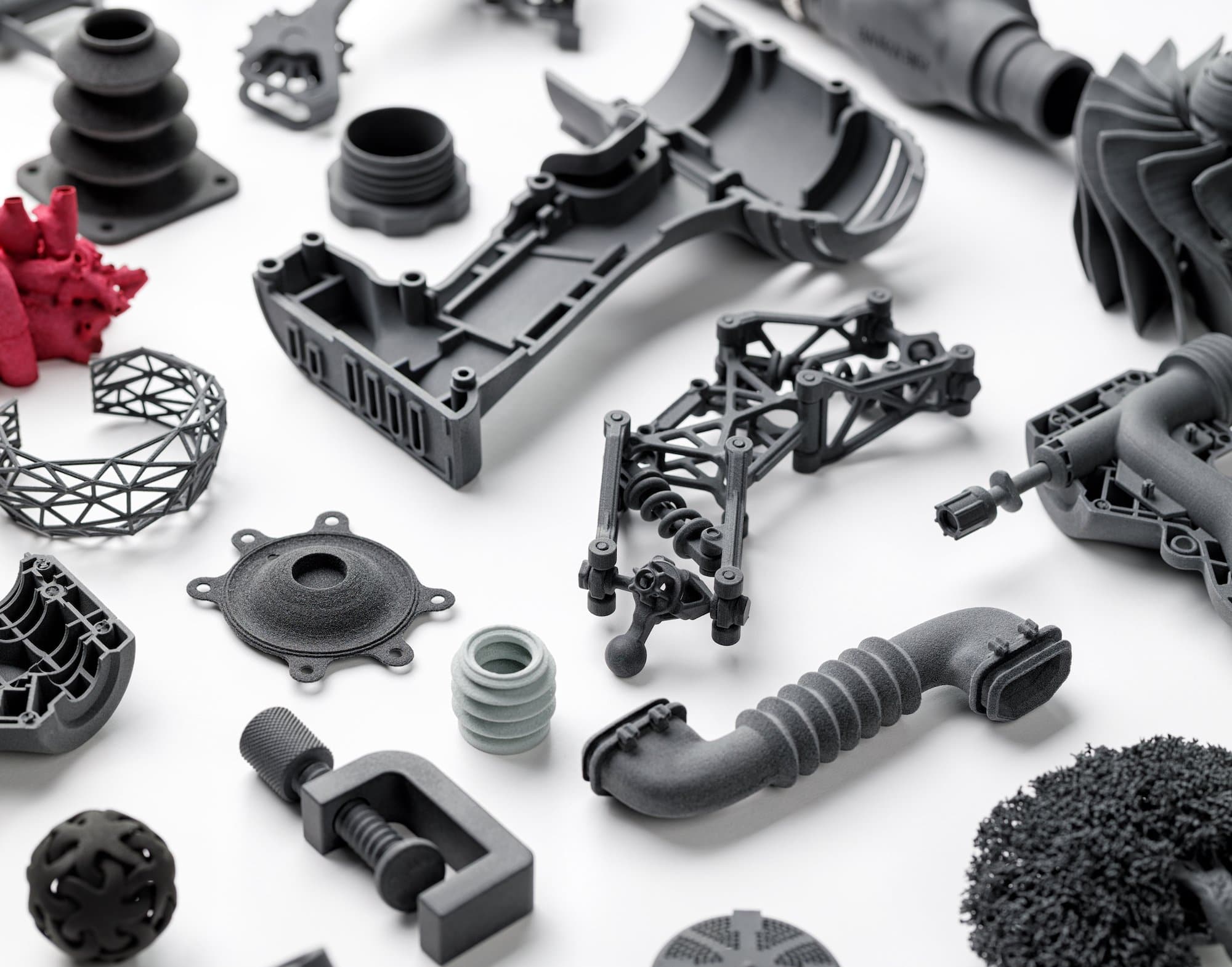
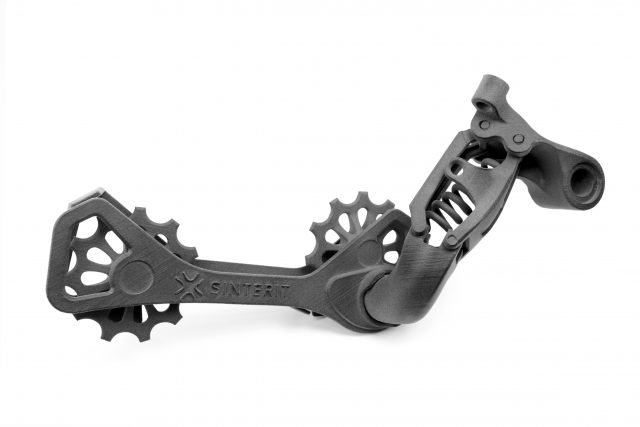 New materials on the horizon
New materials on the horizon
Leave A Comment